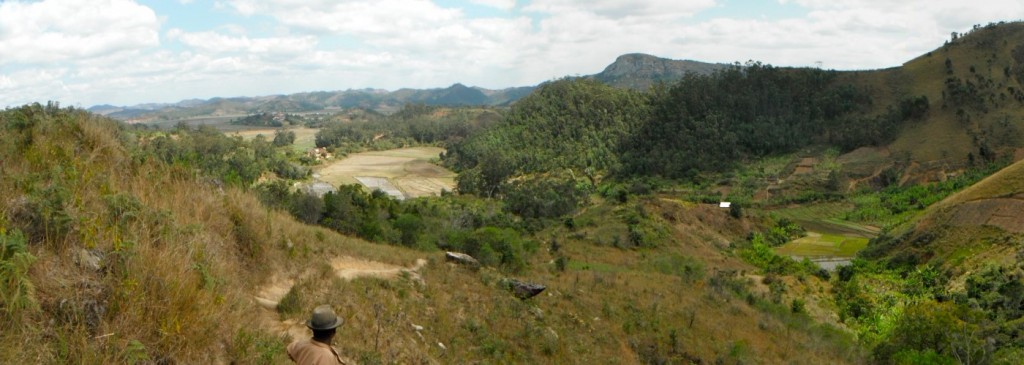Community Ecology | Wildlife Utilization | Wildlife Conservation
Community ecology and population dynamics of wildlife in altered ecosystems
Fully “intact” or “naturally functioning” communities survive in disturbingly few areas on the globe. In most places, complex and dynamic forces such as competition, predation, parasitism and mutualism have been distorted by human actions and associated declines or increases of individual species. That even the sagest ecologists are seldom able to predict the outcome of perturbations to natural communities highlights both the daunting complexity of ecosystems and the need to understand more about the basic functioning and resilience of animal interactions. To the theoretical ecologist, the widespread, unanticipated trophic cascades and other non-linear community responses to species decline provide unparalleled opportunities to tease apart complex ecological relationships. However, to the conservation biologist, these “knock-on effects” or “aftershocks” of extinction are cause for alarm and suggest communities a re easily pushed over thresholds beyond which irreversible “ecosystem meltdown” is one result.
In our research, we aim to quantify the impact of harvest and habitat loss on vertebrate populations and to characterize the reverberating effects of population change on community dynamics and ecosystem function.
Causes and ecological consequences of wildlife utilization
The harvest of wildlife for human consumption increasingly is perceived as the primary threat to wildlife persistence in Africa, Asia and much of South America. Nevertheless, surprisingly little is known about the socio-economic and other factors that drive people to hunt in these regions, and even less is known about the short and long-term impacts of hunting on wildlife populations and communities. Research in my group attempts to fill some of the many gaps in our understanding of the causes and consequences of hunting and fishing through field and community-based studies in Ghana, Kenya, and Madagascar.
Landscape planning and monitoring for wildlife conservation
Land planning for wildlife conservation existed long before it was advocated by Aldo Leopold in the 1930’s, but the very recent development of tools for visualizing, quantifying and modeling landscapes and animal distributions has revolutionized this field. Nowhere is this revolution clearer than in protected area planning and studies of wildlife connectivity, which have become thriving disciplines of their own thanks to inferences made possible by GIS, GPS and remote sensing. Practitioners in these fields quantify wildlife-habitat interactions and, in so doing, illuminate past, present and future patterns of wildlife occurrence and movement across vast, changing landscapes. This relatively new area of research also allows spatially-explicit planning for wildlife monitoring and provides practical strategies for land management and habitat protection while considering “real world” trade-offs for people and economies.
Research in my group employs the tools of Landscape Ecology to characterize animal movements, design and test corridor networks among protected areas, quantify interactions between people and wildlife at local and continental scales, and work with stake-holders to design and evaluate locally-based strategies for wildlife monitoring.

